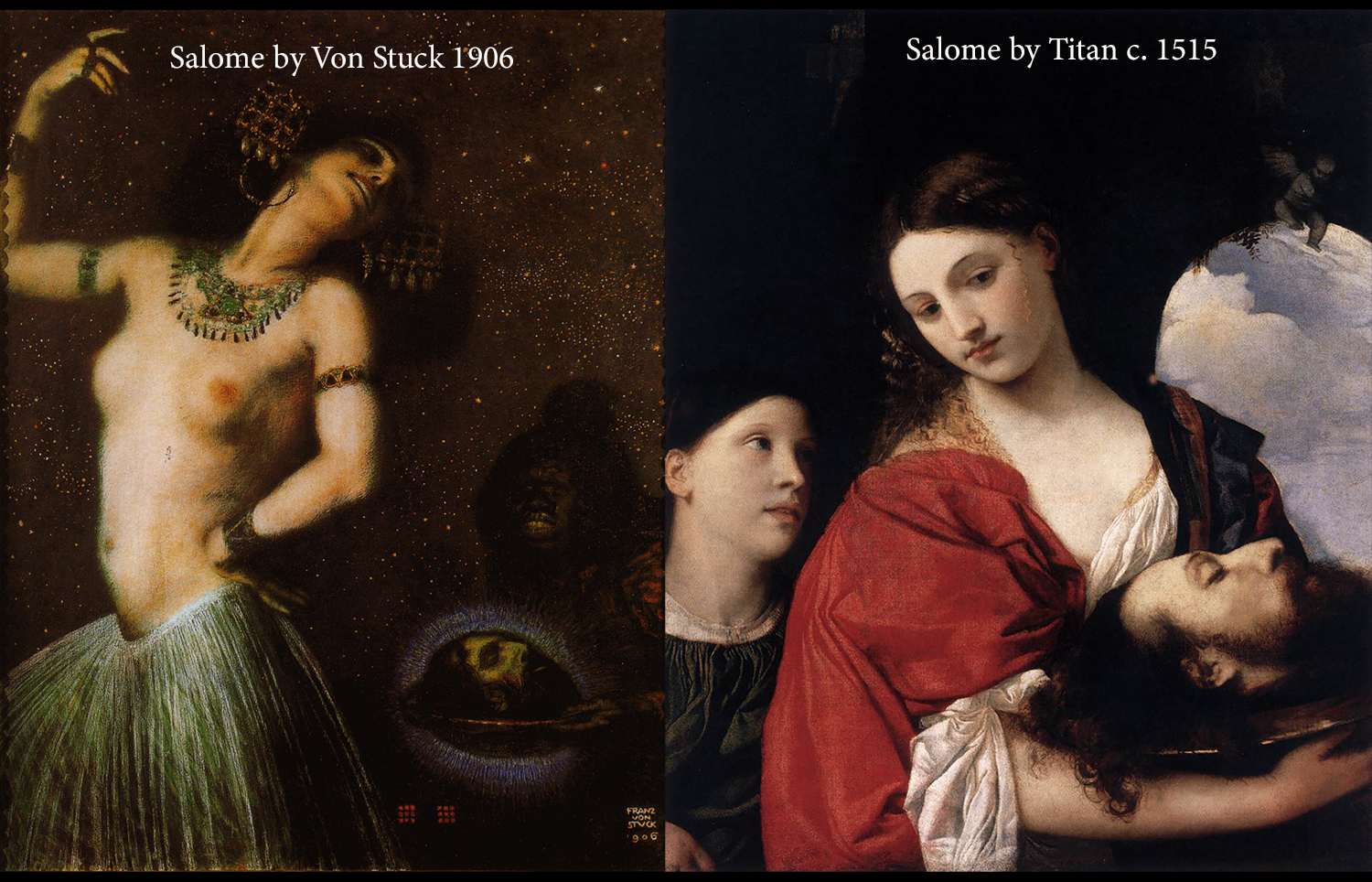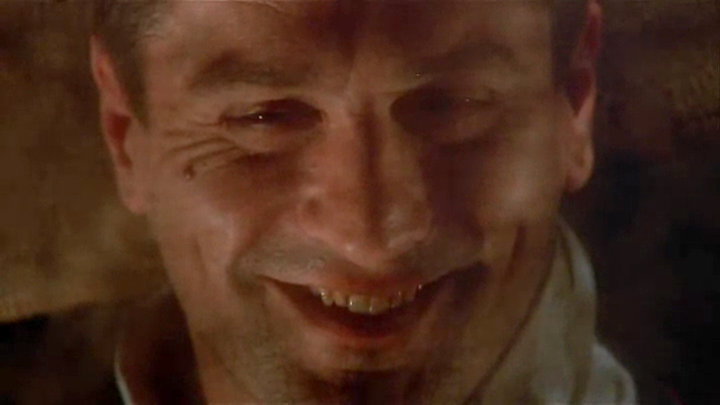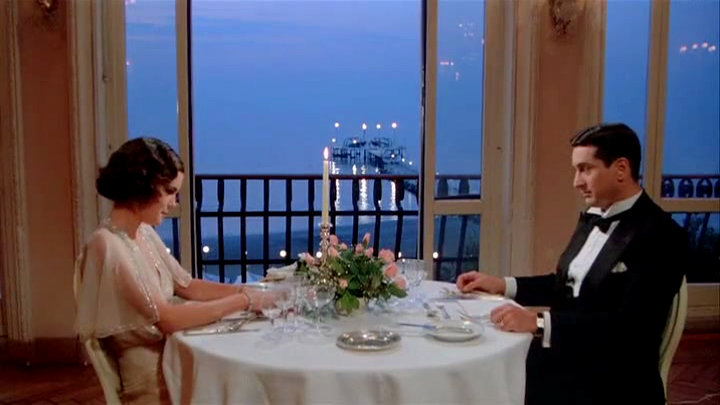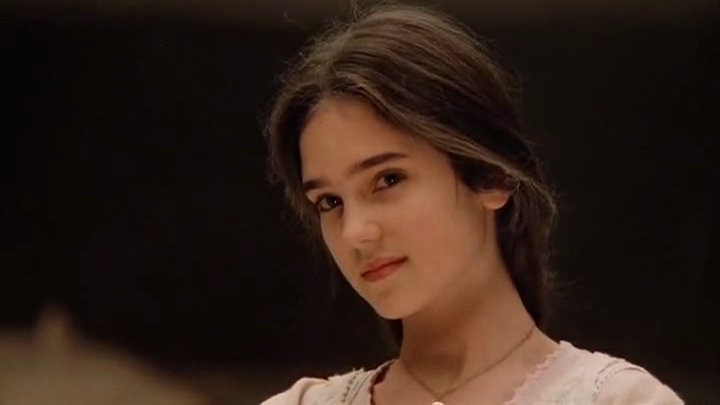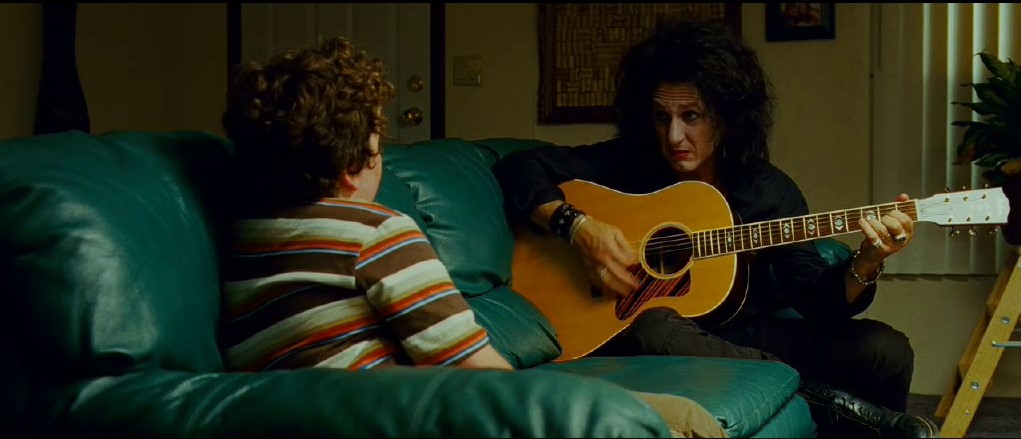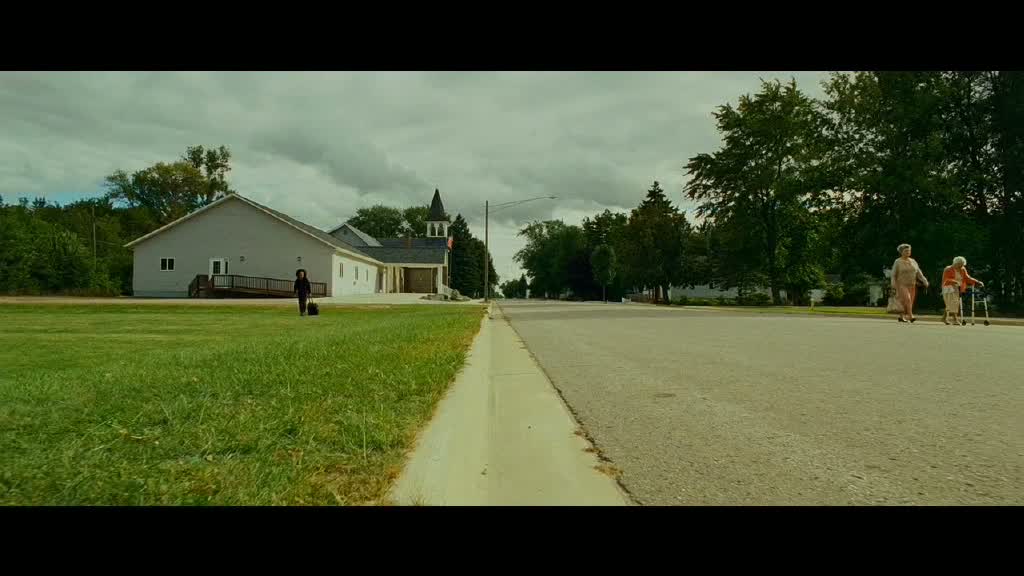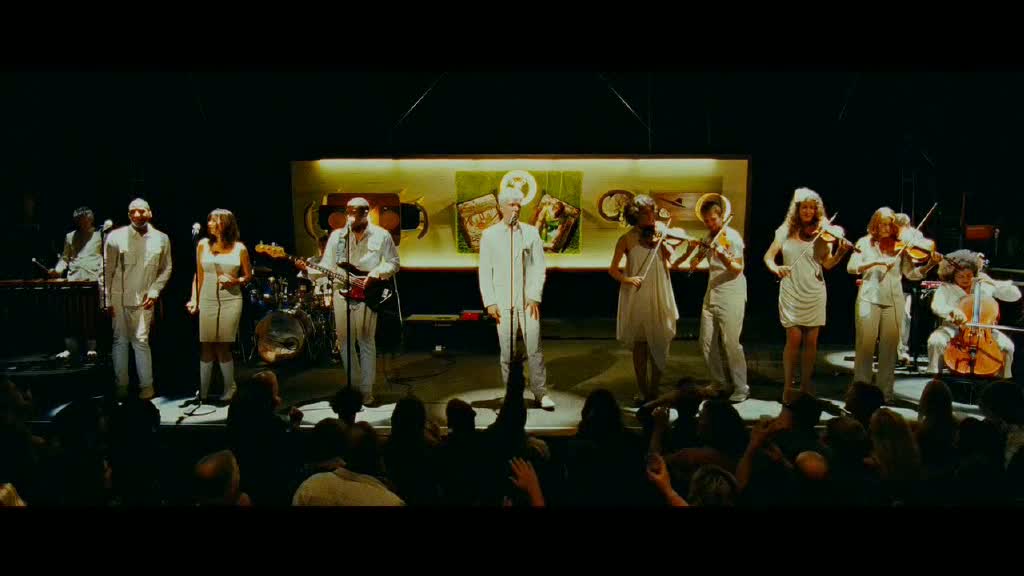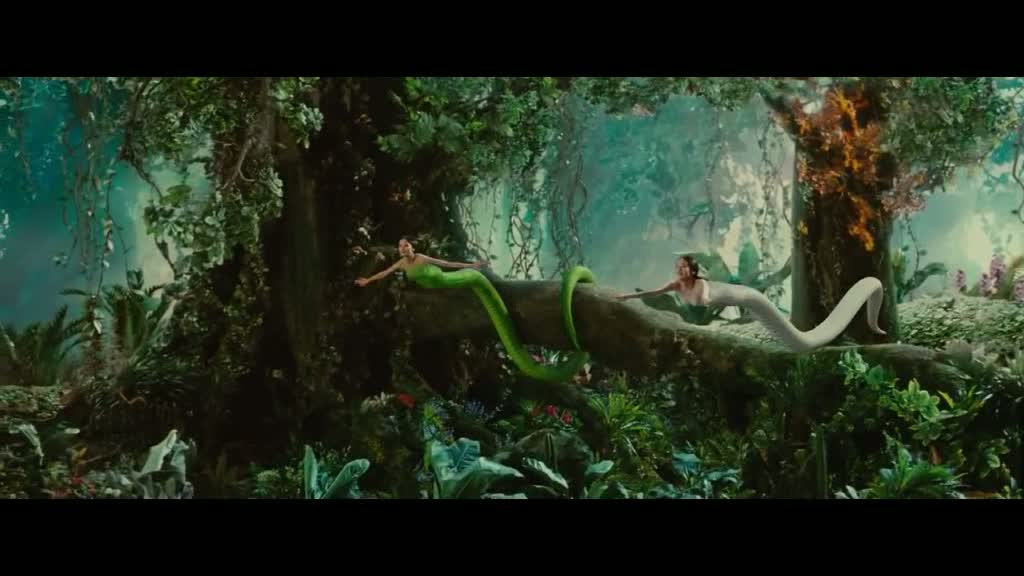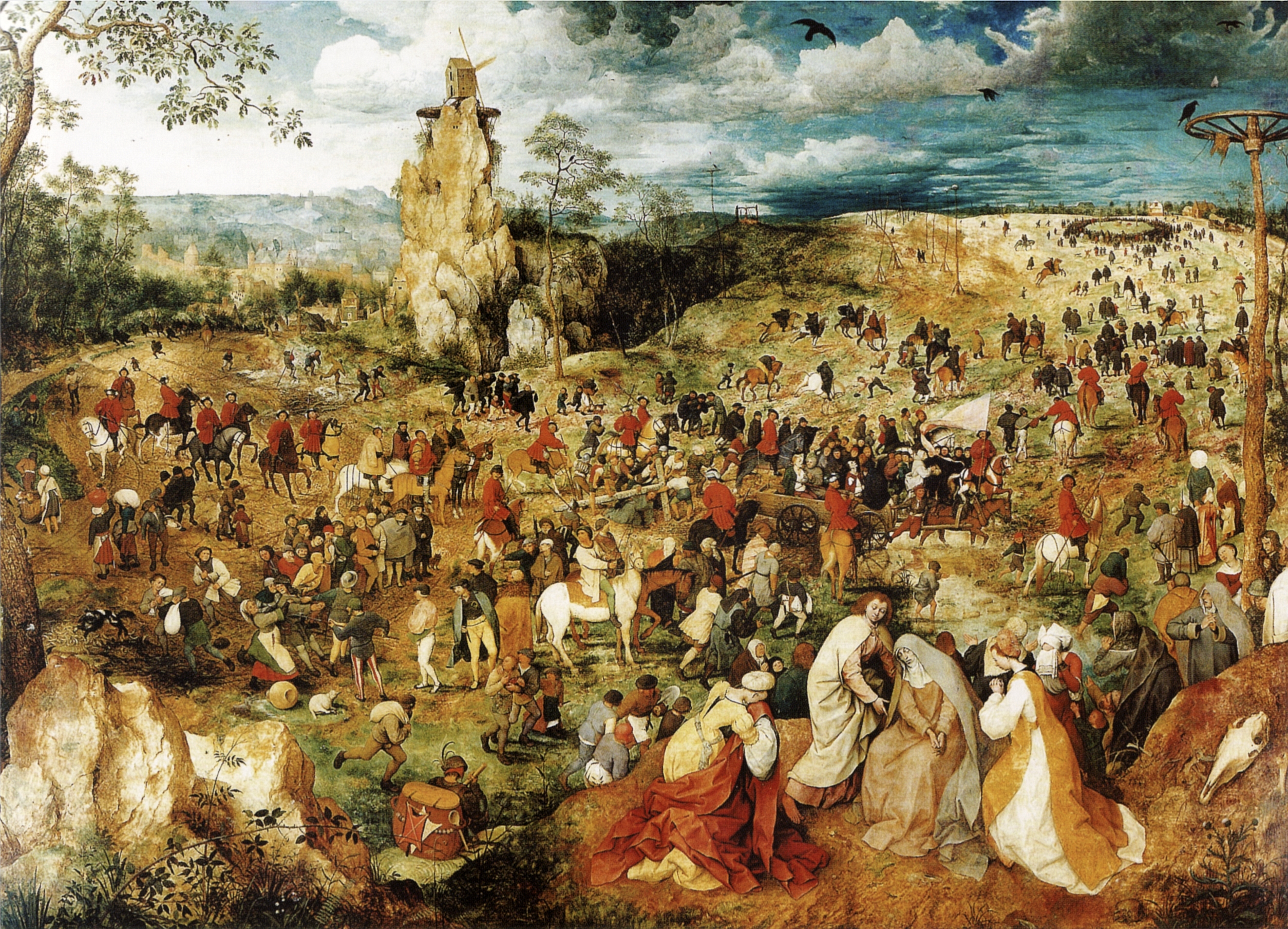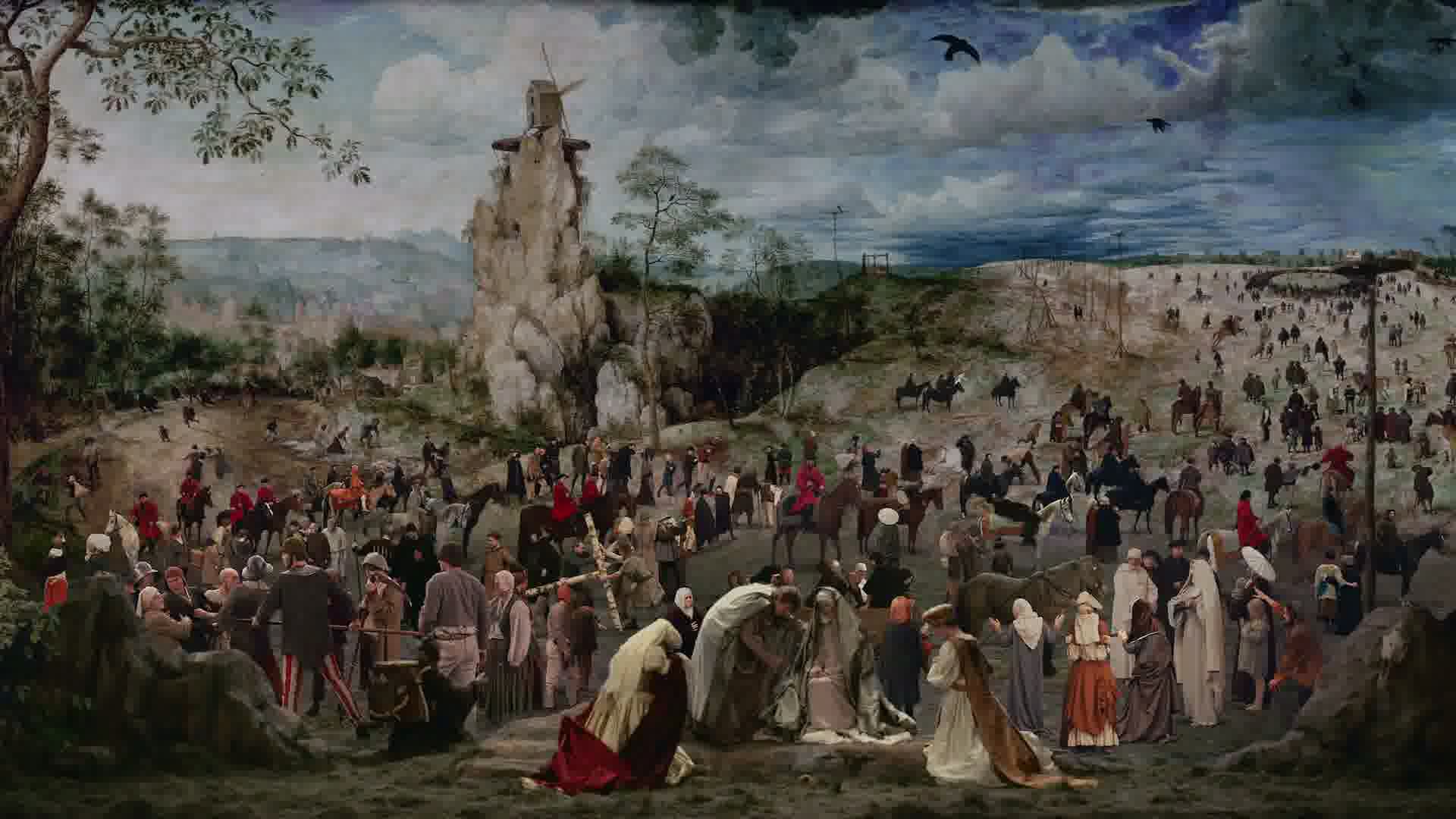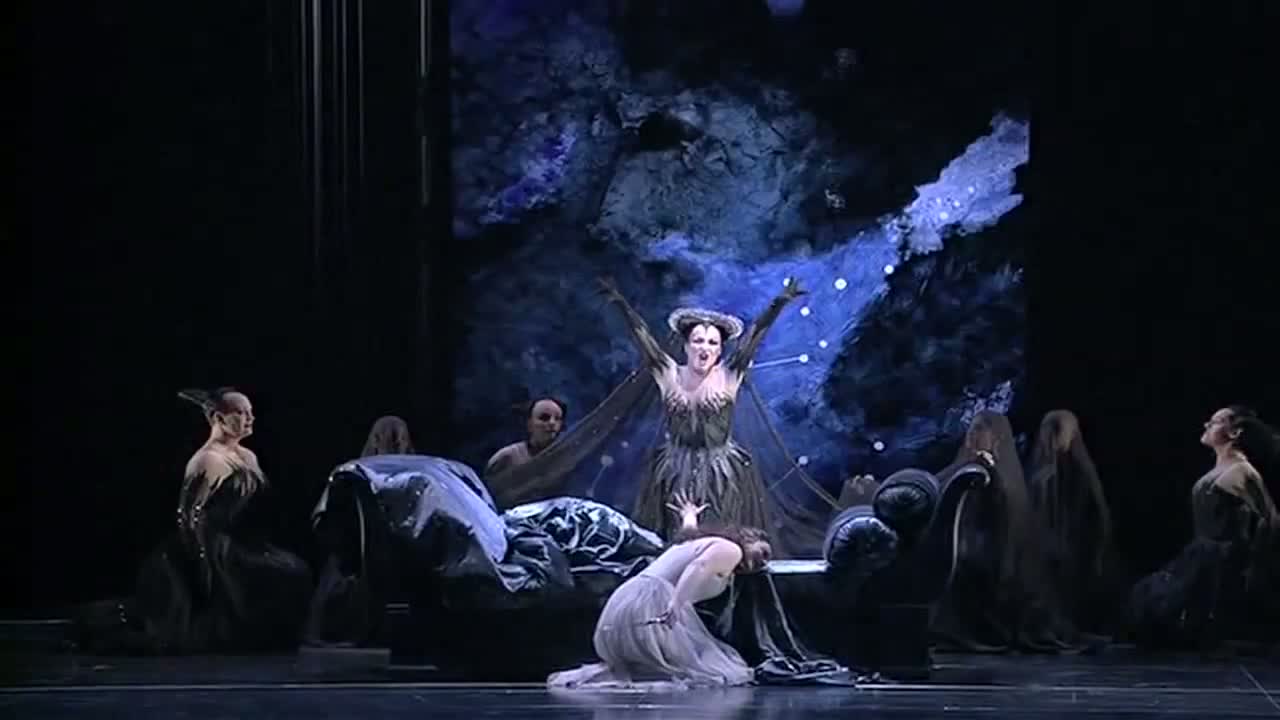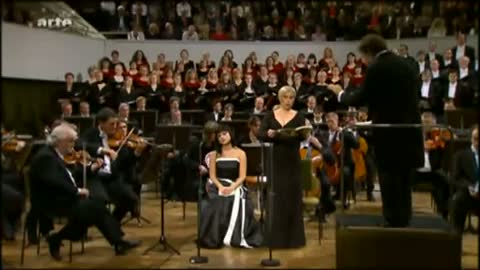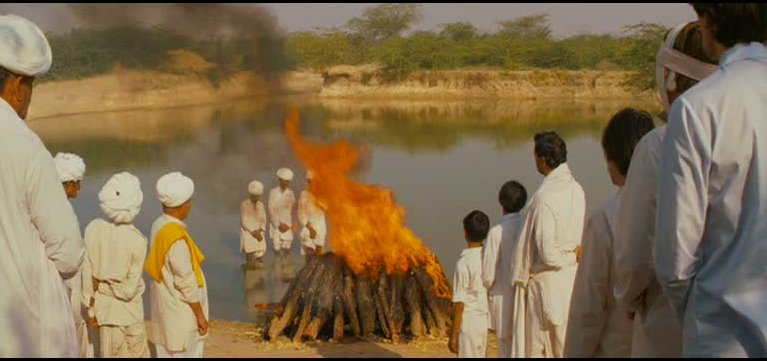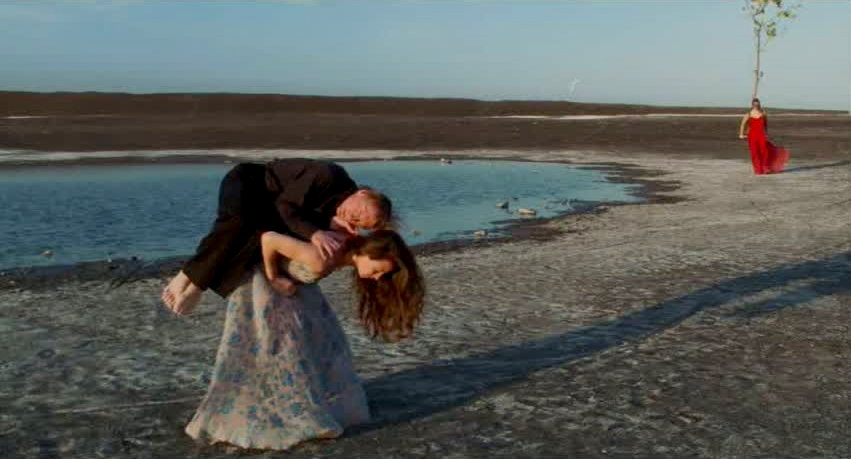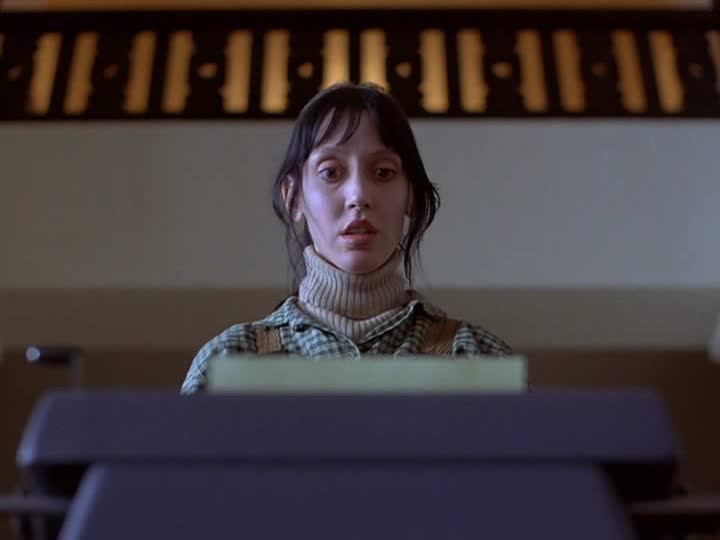In May 2015, the Cleveland Institute of Art had a revival premiere and said this...
"Dirk Bogarde and Charlotte Rampling star in one of the most controversial films of the 1970s. Set 13 years after the end of WWII, the movie tells of an ex-Nazi SS officer and a beautiful former concentration camp prisoner who meet again by chance at the posh Vienna hotel where he now works. The two of them resume an ambiguous and disturbing sadomasochistic relationship that began in the camp. No one under 18 admitted!"
Later, this announcement...
The Night Porter (Il portiere di notte) Dirk Bogarde and Charlotte Rampling, director Liliana Cavani (1974) selected to be screened in the Venice Classics section at the 75th Venice International Film Festival in July 2018.
More recently, and this is really what convinced me to review this movie that I have for many years that was buried in one of my many hard drives... The Guardian has an article by movie critic Ryan Gilbey, in November of 2020, and he said this:
"The Night Porter: Nazi porn or daring arthouse eroticism?" ...
and this... "The film, which has been in and out of circulation over the decades, is released this month on Blu-ray in a 4K restoration, giving new audiences a chance to marvel at the high-wire performances, rinky-dink dubbing and sustained mood of maudlin kitsch...,"
and this... "Opinion at the time was divided. The film was treated largely with respect in Europe but savaged by US critics, with Pauline Kael in the New Yorker calling it “humanly and aesthetically offensive”."
Of all the people, Roger Ebert, the well known late American film critic, on February 10, 1975 said...
"The Night Porter" is as nasty as it is lubricious, a despicable attempt to titillate us by exploiting memories of persecution and suffering... It is a superficial soap opera we'd laugh at it if it weren't so disquieting. "The Night Porter" is the story of a sadomasochistic relationship taken up again 15 years after the war by a former SS concentration camp officer (Dirk Bogarde) and the inmate he raped and dominated when she was a young girl (Charlotte Rampling.) Now they meet again in a Vienna hotel. She's the wife of an American conductor, and he's the quiet little night porter.
The director, Liliana Cavani, describes her film as a love story, praises the honesty between her two leading characters, and sees the story as a straightforward handling of one aspect of the concentration camp experience, and Ebert disagreed!
I think Ebert was too harsh and I disagree with him and other American "professional" critics accusing this movie being sadomachochistic. The majority of critics I have seen had a very low opinion about this film.
If you want to read one that praised this movie as "The Night Porter: Power, Spectacle, and Desire," take a look at this link which is an essay dated Dec 9, 2014 by Gaetana Marrone of the Criterion Collection... I do agree with this movie connoisseur.
I believe the bad critics all missed the beautiful telling of the biblical story of Salomé, and by a magical twist, Cavani turned it into the love story between Max and his "little girl" Lucia. Yes, they all missed that, and you can find it in the video clip at the end of the blog.
You must have some European influence in your blood to understand this, sorry if I am offending my many wonderful American friends. Cavani is right: this is a love story, and she did research it well before filming, resulting in a major hidden message of a reference to the bible: Salomé. The love story is all packaged in this beautiful 8 minutes and 8 seconds performance of Rambling (Lucia) and Bogarde (Max.) Max was confessing to his confident, countess Stein (Isa Miranda) residing in his hotel, the love and passion in his heart for Lucia. In this clip, he was so machiavellous/mischievious, psychotic and Anthony Perkins-like of the famous Hitchcock's Psycho movie.
And he loved her, and she him.
In the Guardian article cited above, the author Gilbey had a telephone interview with Liliana Cavani in Rome when she was 87 year old, and this is an excerpt of their conversation from that article:
... Cavani has described the relationship between Max and Lucia as “beautiful”. In what way? “There was an attraction which marked Lucia for life,” she says. “When she and Max meet again, the flame has not faded. She was very young and disoriented by him. She was bowled over. She believed he desired her for who she was. And, despite everything, there was sincerity in his feelings. In its own way, theirs is a romantic relationship.”
I confess to her that I can’t share this view of the film. Lucia was a child when they met. She was abused, exploited, terrified. How can what she feels for Max be love? Cavani smiles patiently. “We mustn’t generalise. Cupid shoots his arrows in random directions, and these two must have been struck. If Cupid’s arrow hits you, there is nothing you can do. Let’s be honest, nobody can really define love.” ...
I confess to her that I can’t share this view of the film. Lucia was a child when they met. She was abused, exploited, terrified. How can what she feels for Max be love? Cavani smiles patiently. “We mustn’t generalise. Cupid shoots his arrows in random directions, and these two must have been struck. If Cupid’s arrow hits you, there is nothing you can do. Let’s be honest, nobody can really define love.” ...
How true!
The video clip from the talented Italian movie director Cavani is a beautifully acted cinematic art depicting the central theme relating the love the "night porter" Max Bogarde felt and feels for his "little girl" Lucia Rambling.
The biblical story of Salomé performing the Dance of the Seven Veils to earn the head of the prophet John the Baptist whom she loved but was rejected by him (see the paintings on the left of Franz Von Stuck and of Titan on the right before you click the play button) was recreated with a twist in the concentration camp when Rambling performed the sexy dance while singing the famous German song “Wenn ich mir was wünschen dürfte” (“If I Could Wish for Something”,) a German song made famous by Marlene Dietrich (and originally written by Friedrich Hollaender for the 1931 film The Man in Search of His Murderer.)
For this "performance," she "earned" the head of Johann, the cell mate that tormented her. That was how Max expressed his love to Lucia.
Before showing you the "Salomé" video clip, listen to this song performed by the one and only Marlene Dietrich; and by Greta Keller.
I had to go through some tough research to find the three different intros before the common refrain of “Wenn ich mir was wünschen dürfte.”
Wenn ich mir was wünschen dürfte
(If I could wish for something)
by Friedrich Hollaender.
Marlene Dietrich intro...
Man hat uns nicht gefragt, als wir noch kein Gesicht
Ob wir leben wollten oder lieber nicht
Jetzt gehe ich allein, durch eine große Stadt,
Und ich weiß nicht, ob sie mich lieb hat
Ich schaue in die Stuben durch Tür und Fensterglas,
Und ich warte und ich warte auf etwas
Translated:
No one had asked us, when we were still faceless
whether we'd like to live or rather not
Now I'm wandering around alone in a large city,
and I don't know if she's in love with me
I'm looking into living rooms through doors and windows,
and I'm waiting and waiting for something
Common Refrain:
Wenn ich mir was wünschen dürfte
Käm ich in Verlegenheit,
Was ich mir denn wünschen sollte,
Eine schlimme oder gute Zeit
Wenn ich mir was wünschen dürfte
Möchte ich etwas glücklich sein
Denn wenn ich gar zu glücklich wär'
Hätt' ich Heimweh nach dem Traurigsein
Wenn ich mir was wünschen dürfte
Käm ich in Verlegenheit,
Was ich mir denn wünschen sollte,
Eine schlimme oder gute Zeit
Wenn ich mir was wünschen dürfte
Möchte ich etwas glücklich sein
Denn wenn ich gar zu glücklich wär'
Hätt' ich Heimweh nach dem TraurigseinTranslated refrains:
If I could wish for something
I'd feel awkward
What should I wish for,
a bad or a good time
If I could wish for something
I'd want to be only a bit happy
because if I were too happy
I'd long for being sad
If I could wish for something
I'd feel awkward
What should I wish for,
a bad or a good time
If I could wish for something
I'd want to be only a bit happy
because if I were too happy
I'd long for being sad
Udo Lindenberg - Greta Keller's intro
Menschenkind
Warum glaubst du bloß
Gerade dein Schmerz
Dein Leid wären riesengroß
Wünsch' dir nichts
Dummes Menschenkind
Wünsche sind nur schön
Solang sie unerfüllbar sind
Google translated:
Child of man
why do you believe
just your pain
your suffering would be enormous
Do not wish you anything
stupid human child
Wishes are only beautiful
as long as they are unsatisfiable
Refrain...
Charlotte Rambling's intro
Leben, liebe ich zu leben
ich kann euch sagen ich liebe zu gefallen
wenn auch nicht immer liebe ich zu leben
ich weiß nicht was ich will und doch erwarte viel.
Google translated:
Life, i love to live
i can tell you i love to please
even if not always i love to love
i don't know what i want and yet expect a lot.
Refrain...
Now the piece of resistance, the video clip... Observe the left panel, Salomé painting by Franz Von Stuck (1906) ... and the painting by Titan (1515) to understand the making of this scene. Click on the image to play. A new page/tab will open, then click on the play button. If you like this clip, I encourage you to seek out the BlueRay DVD of this movie. Then you can judge yourself it it's treasure or trash.
